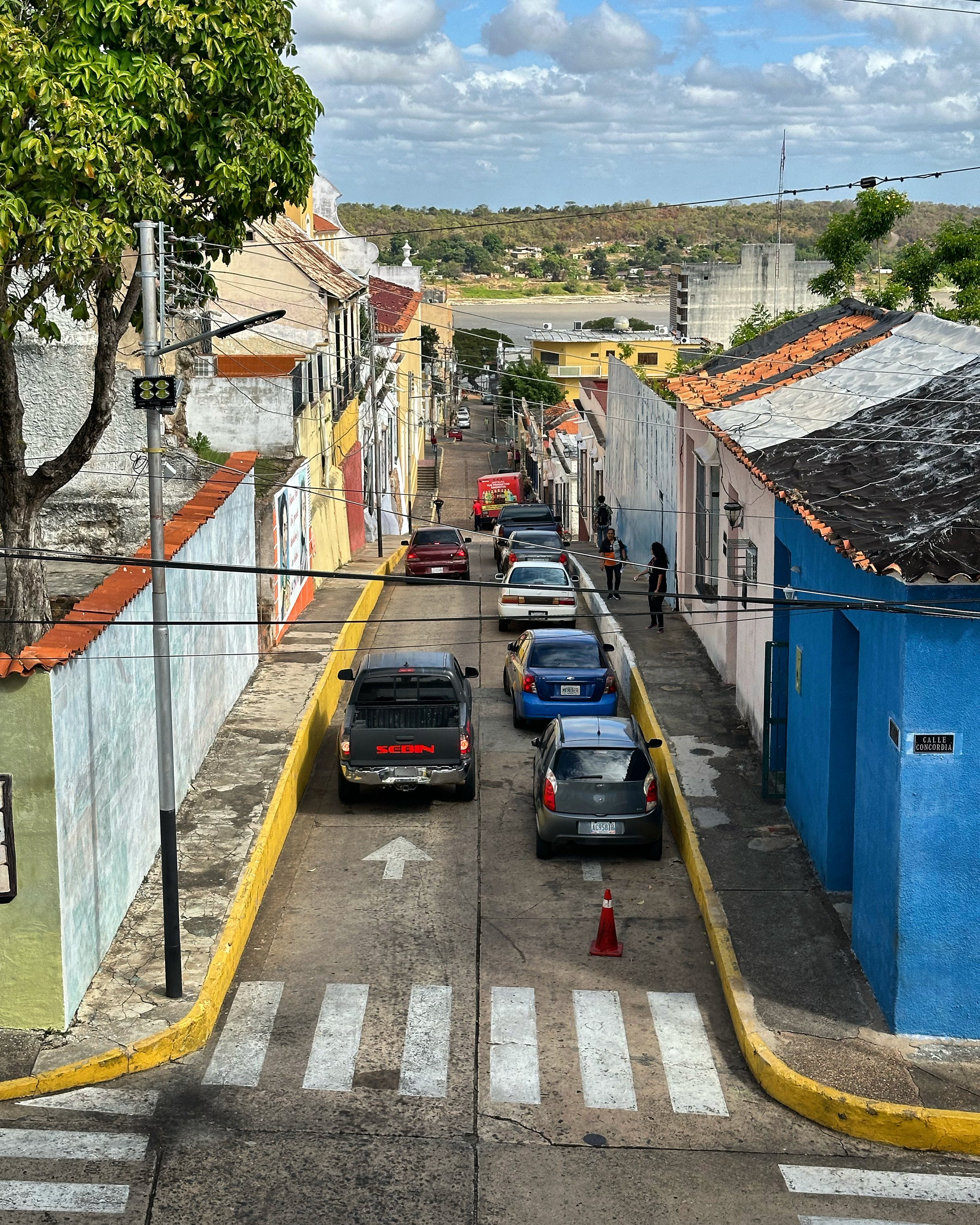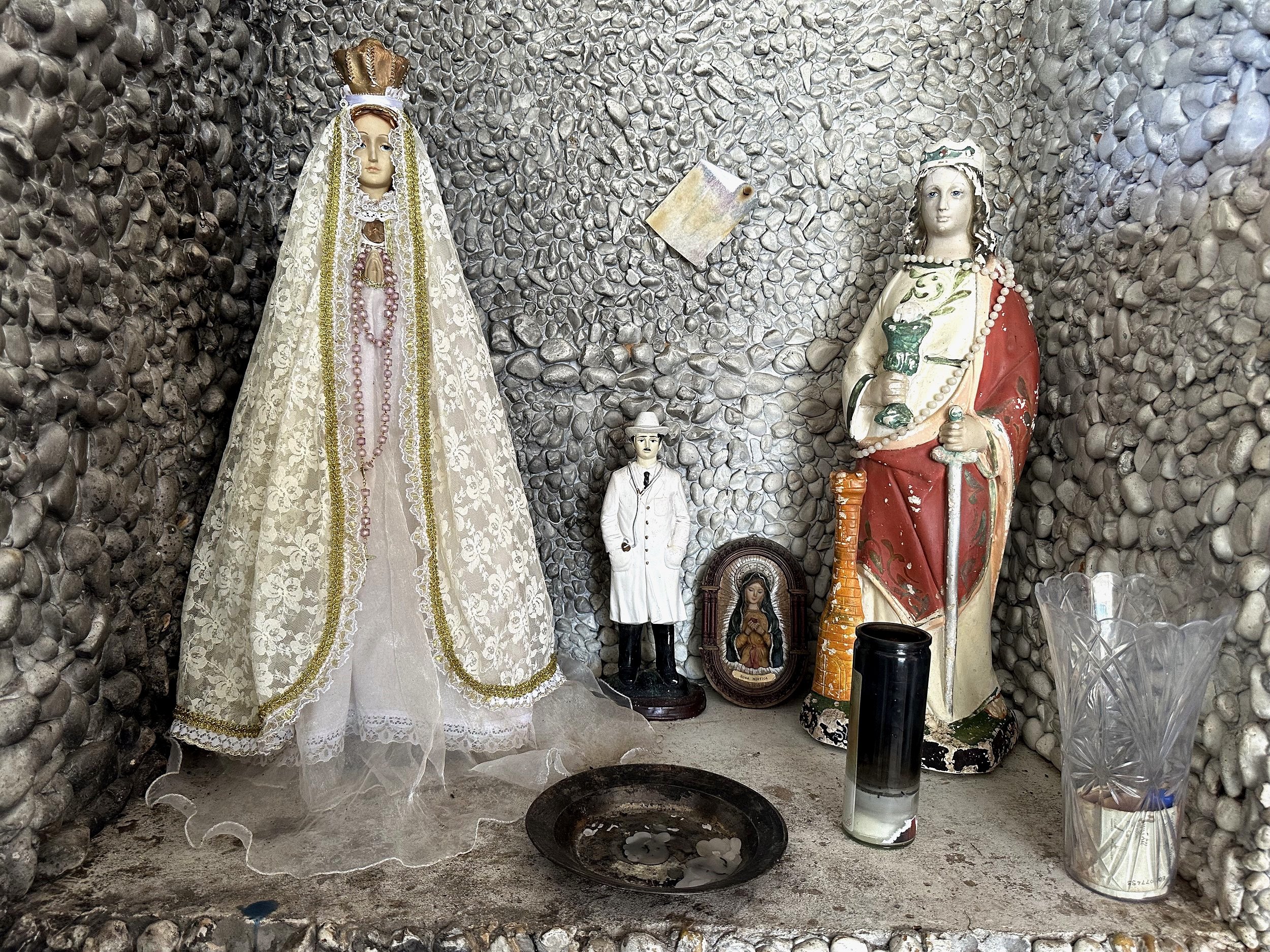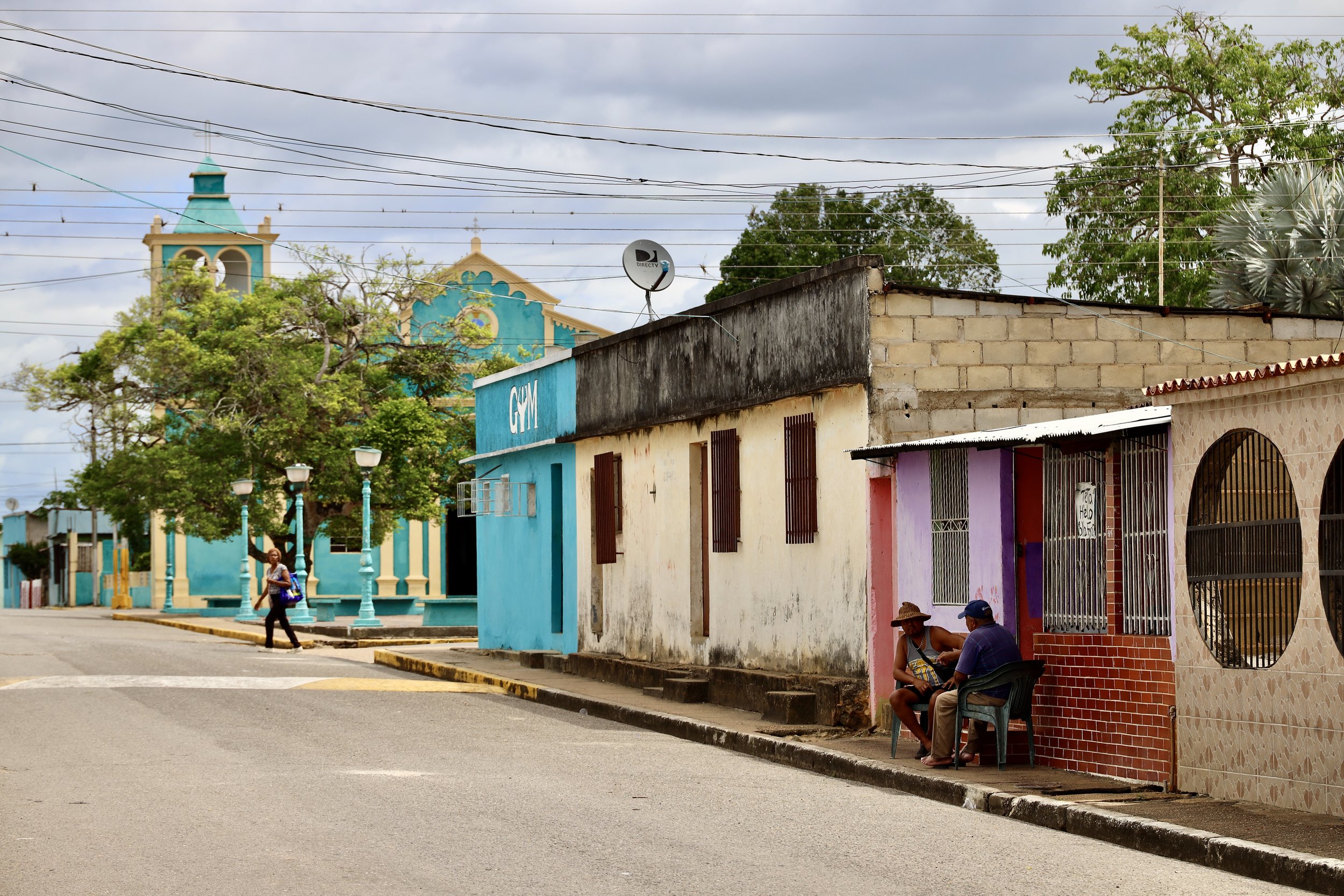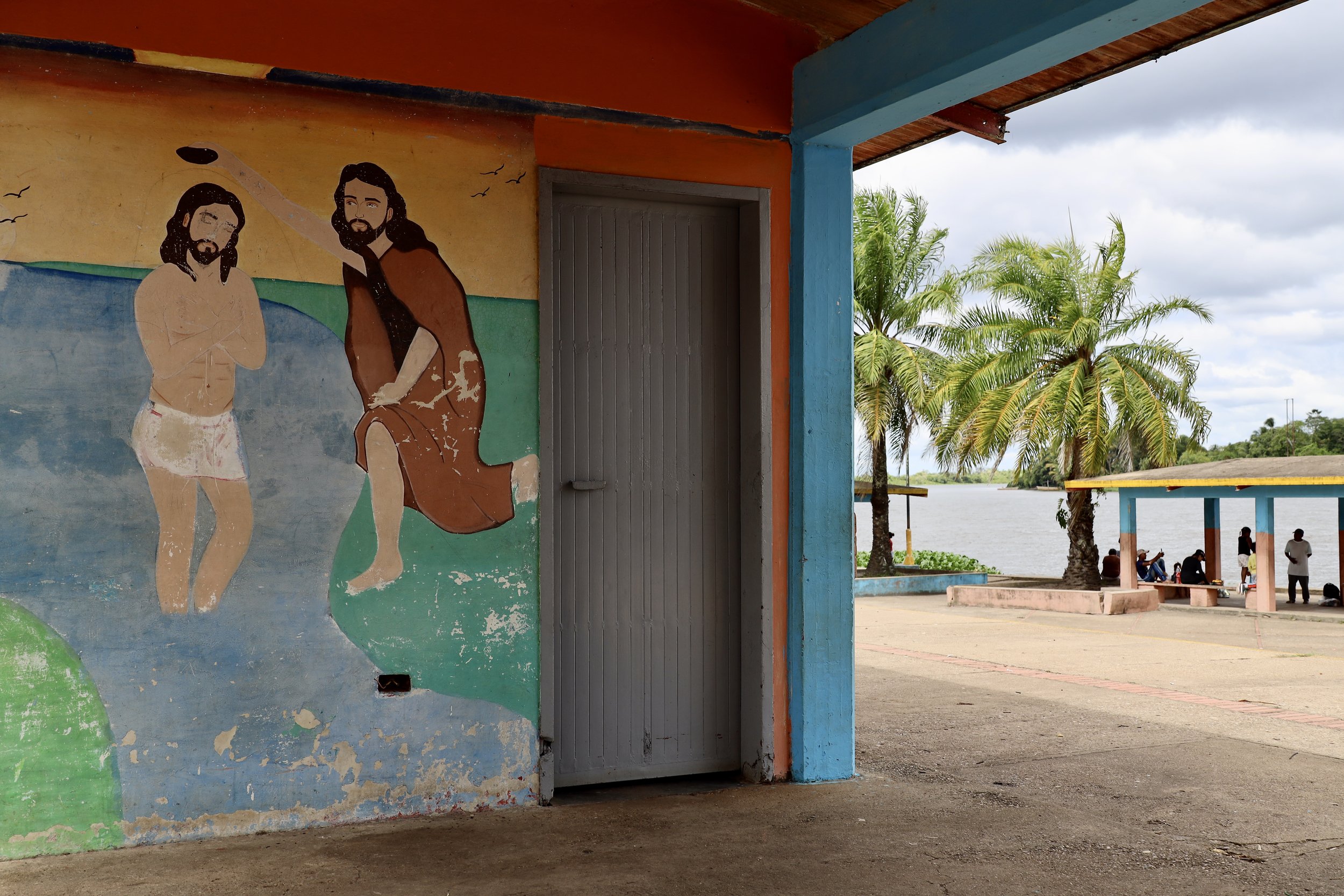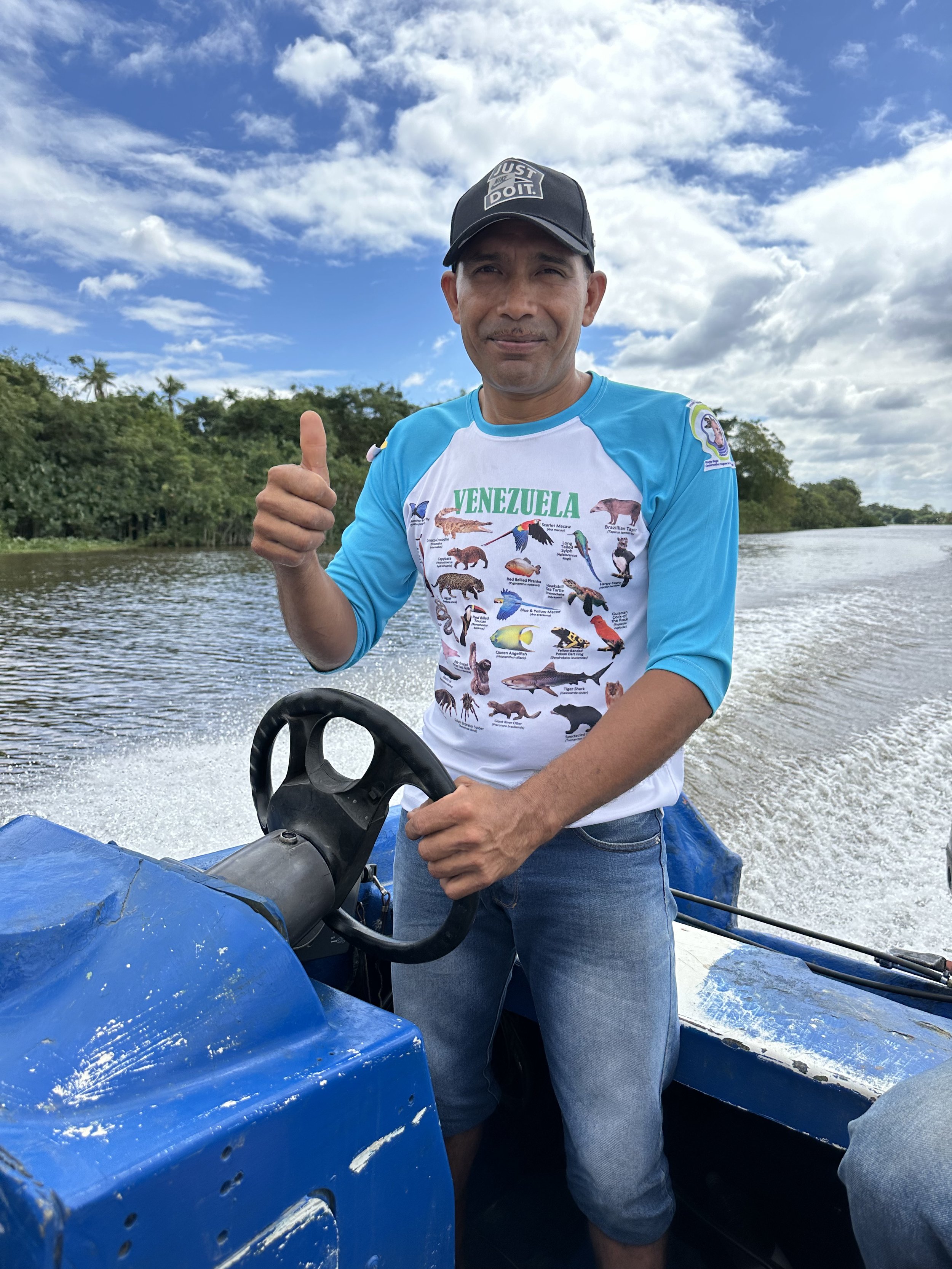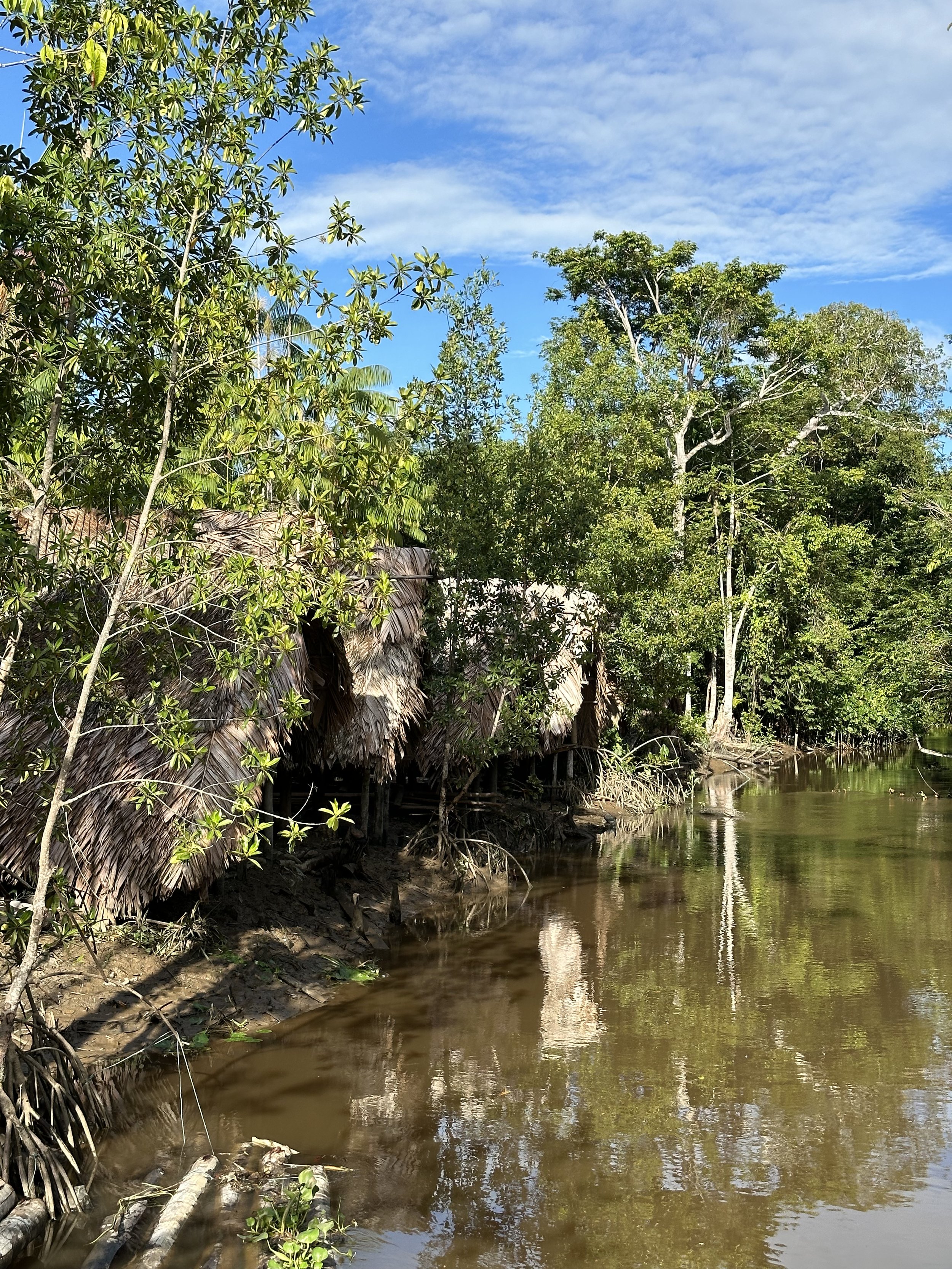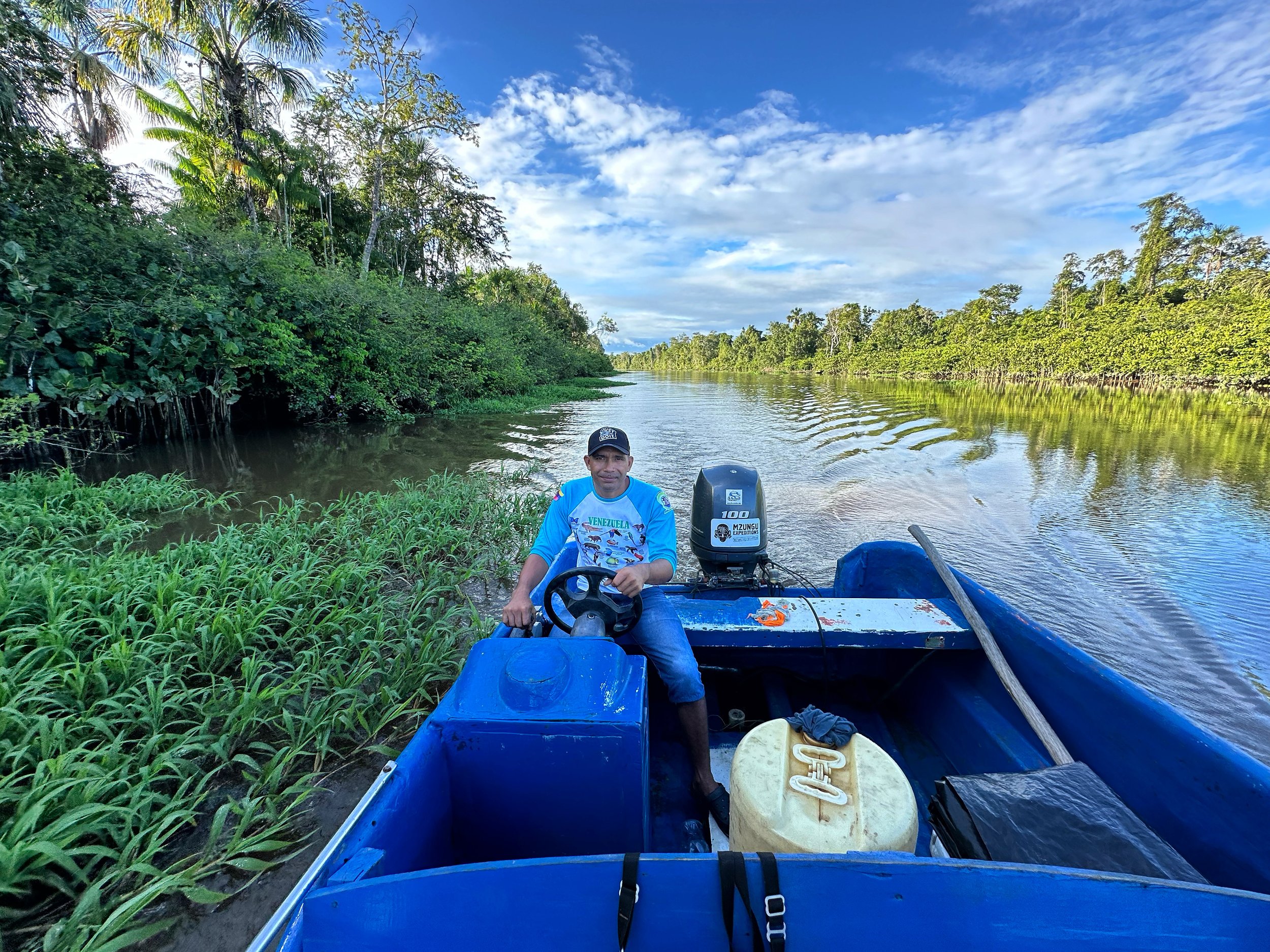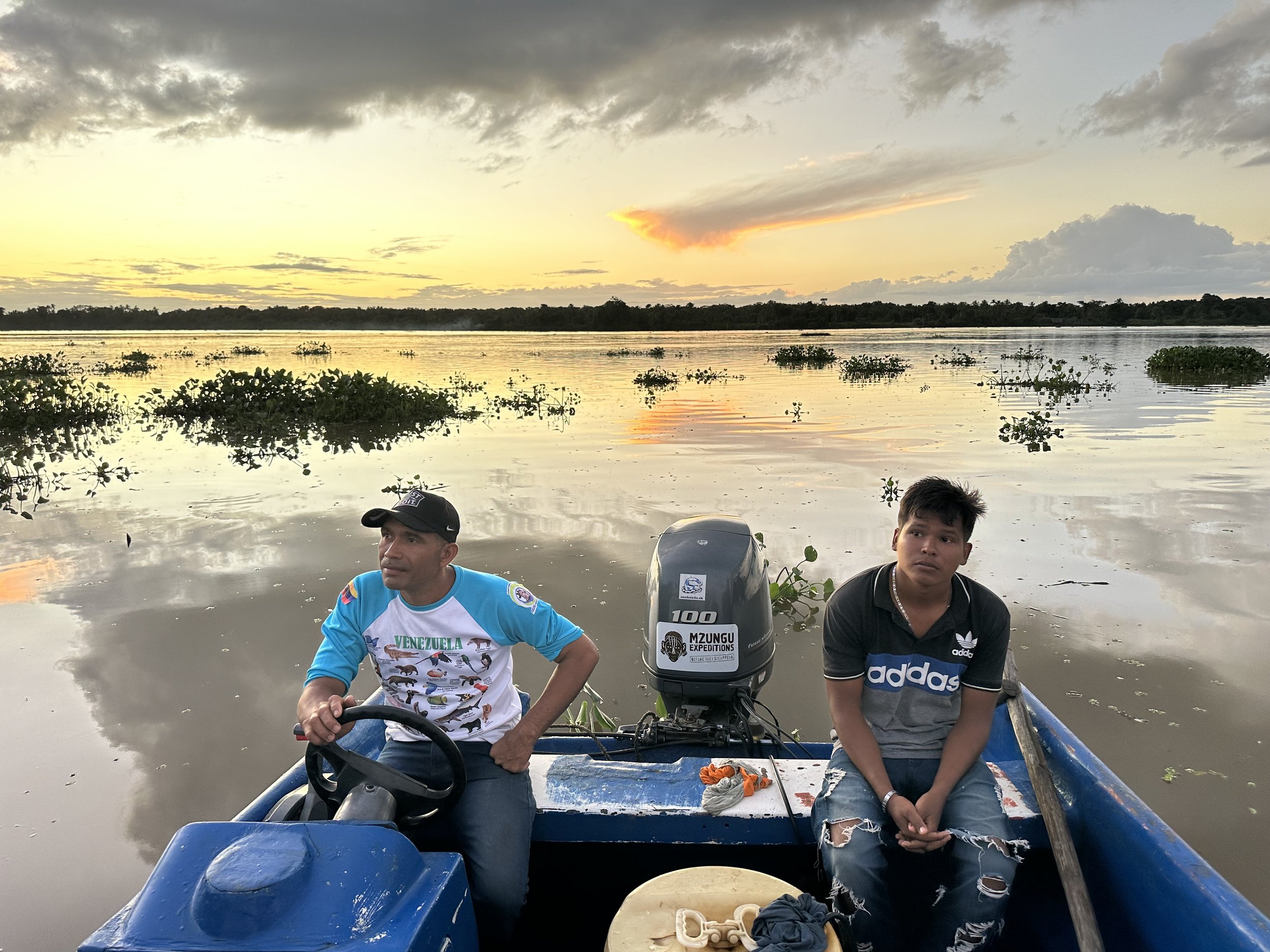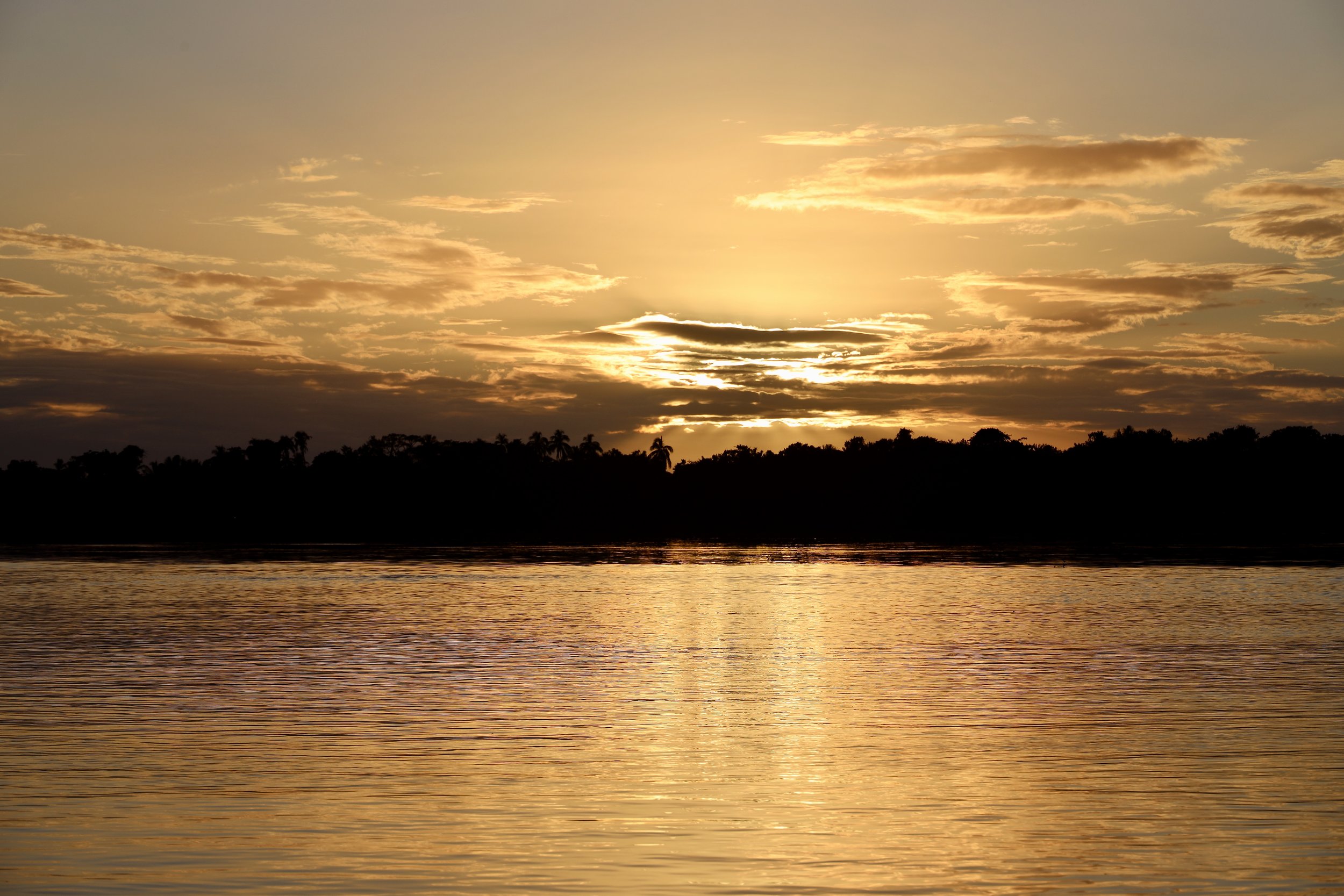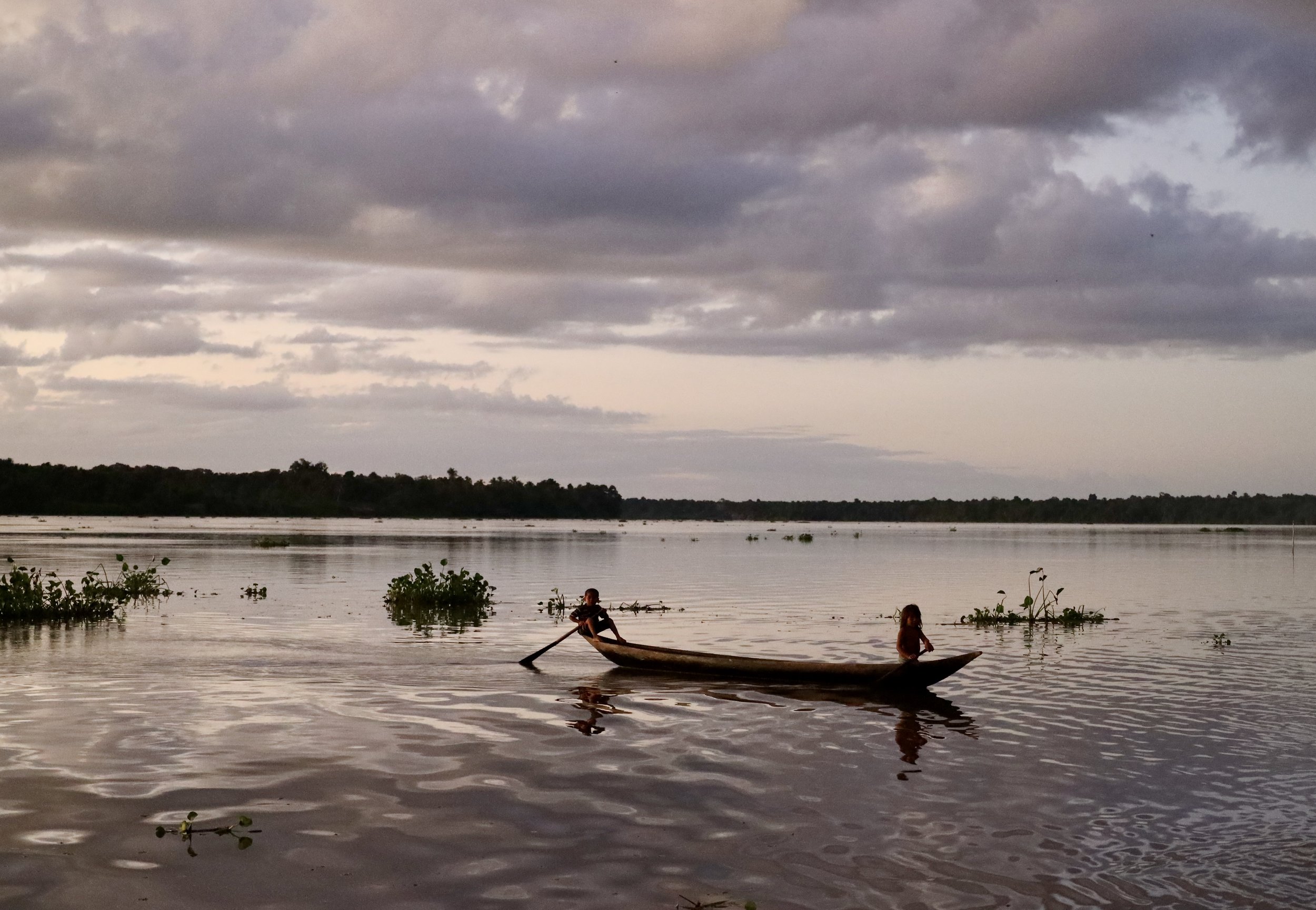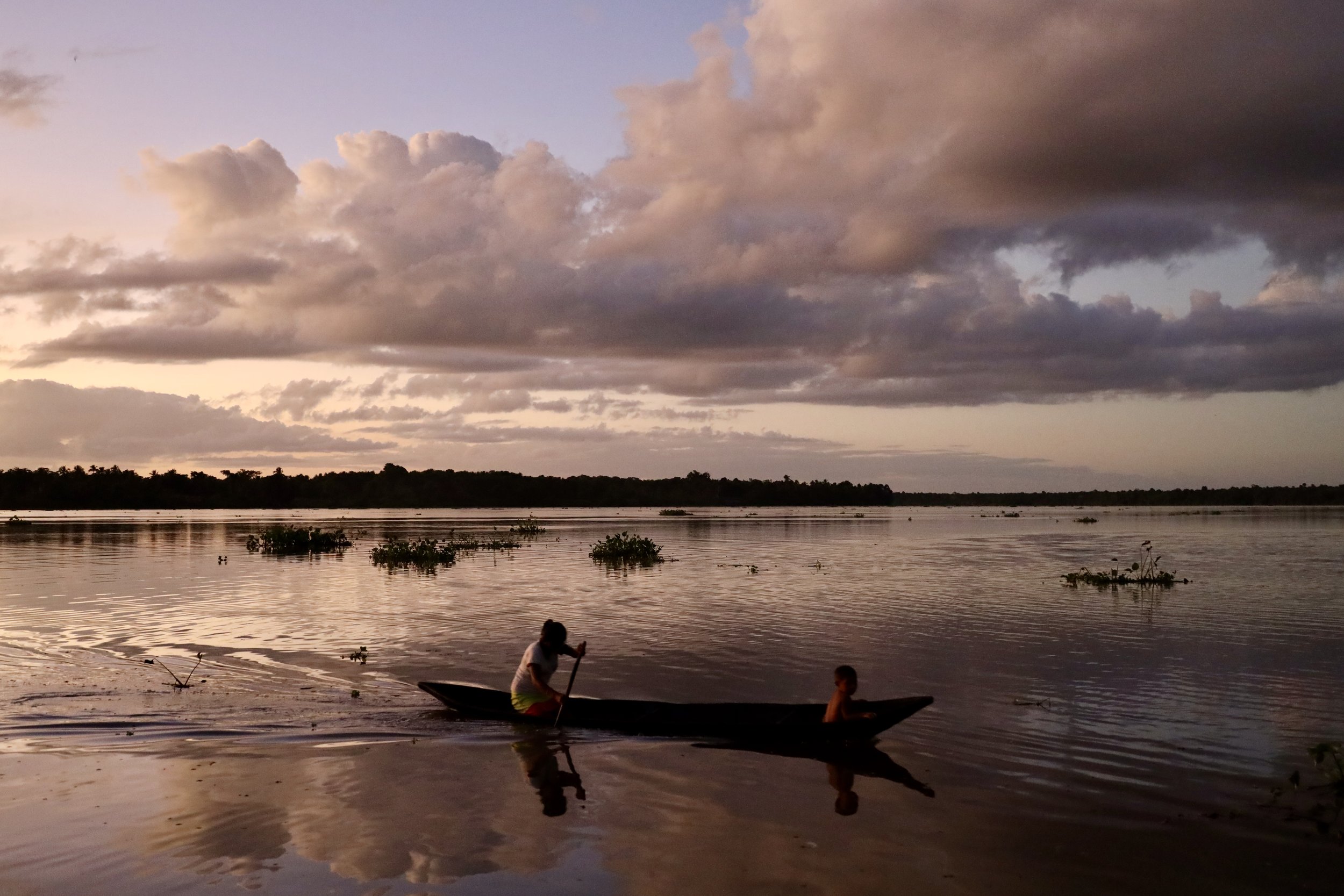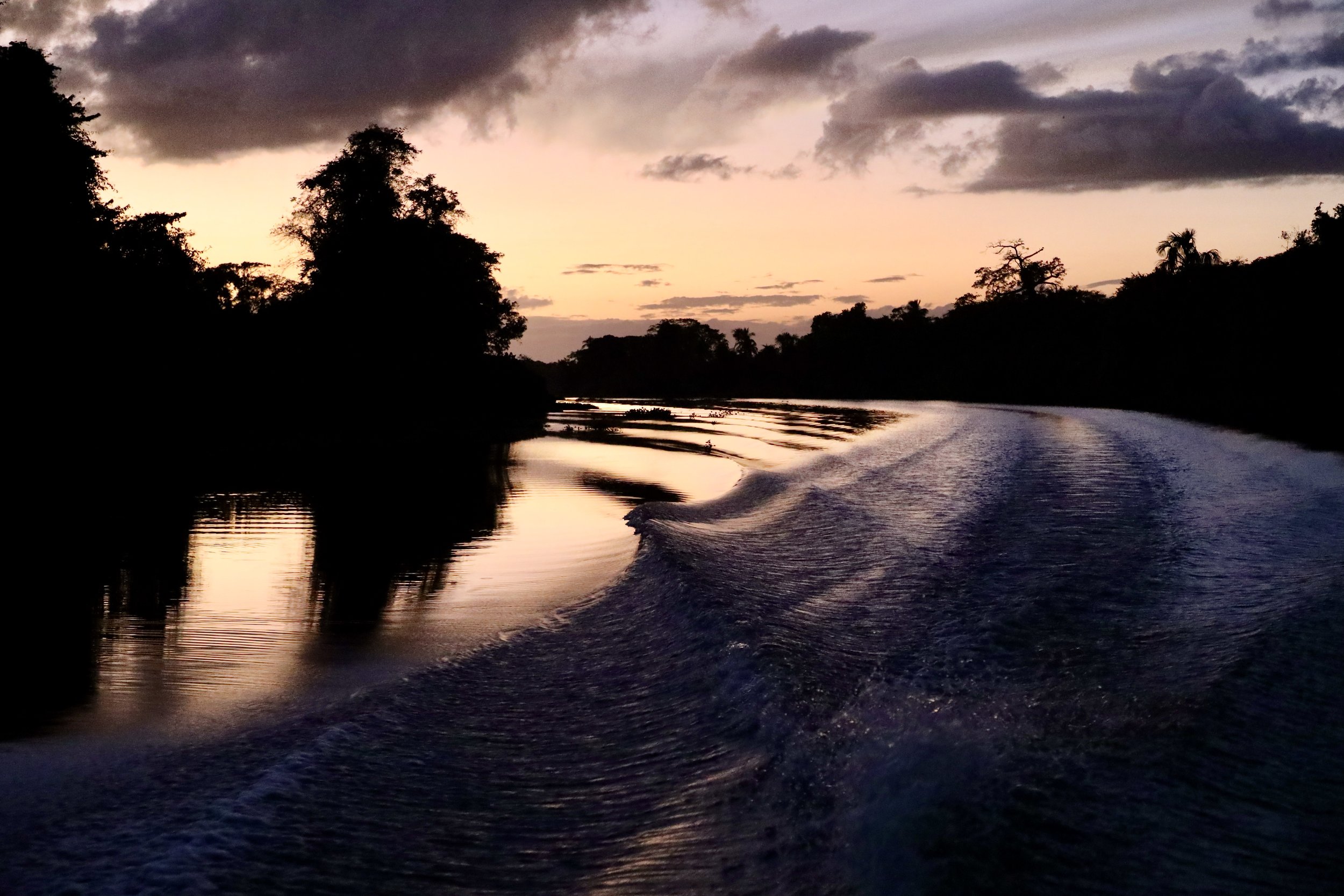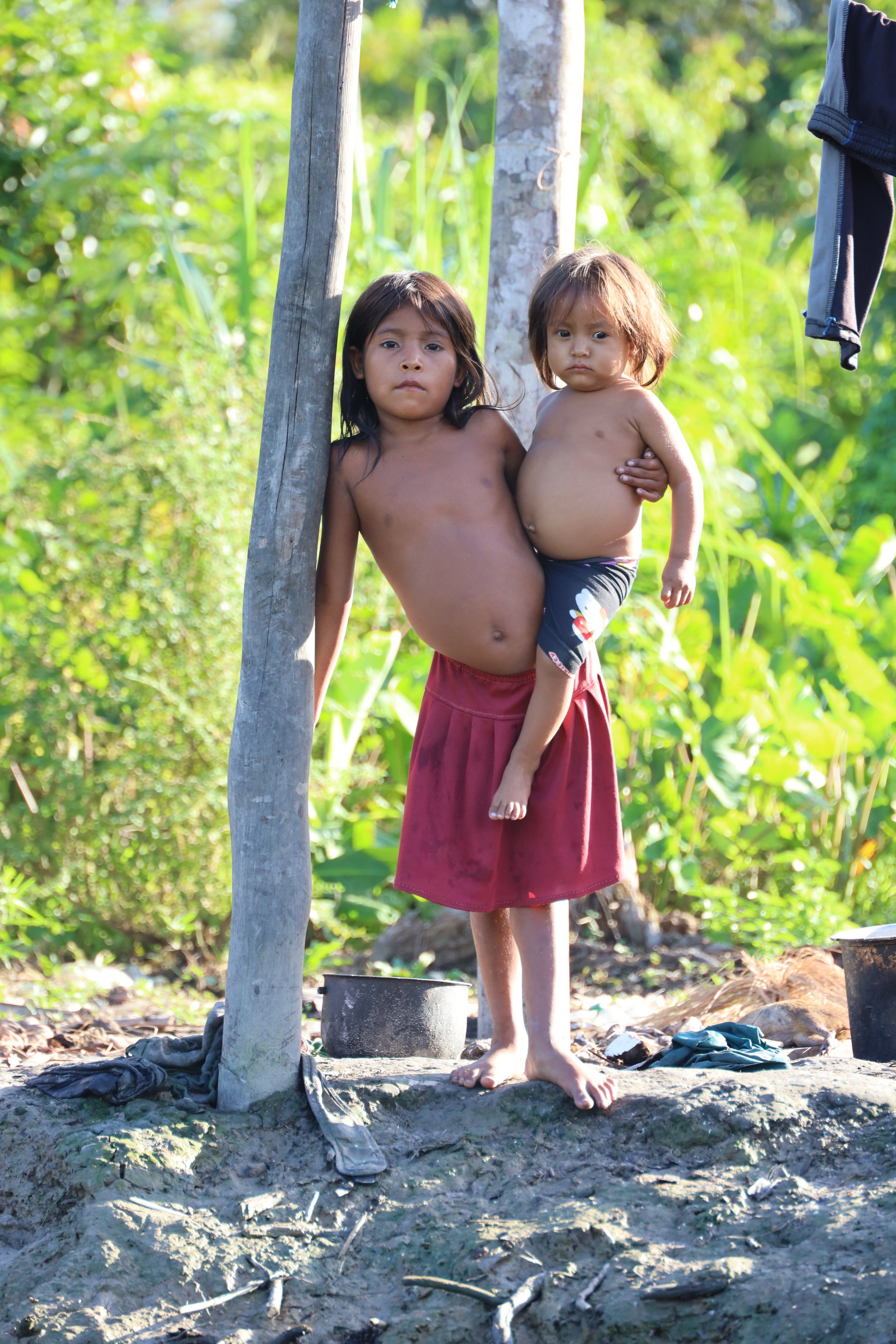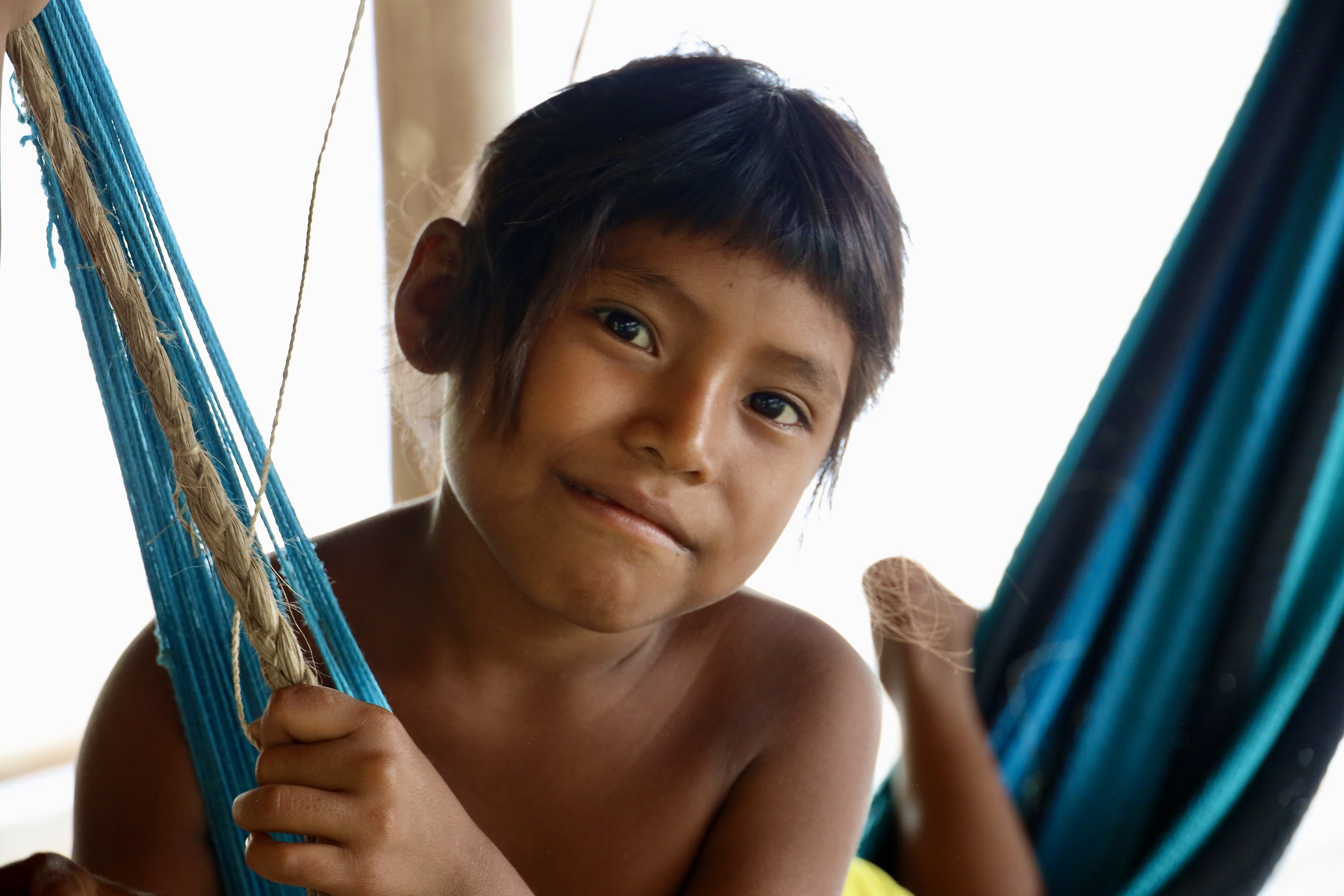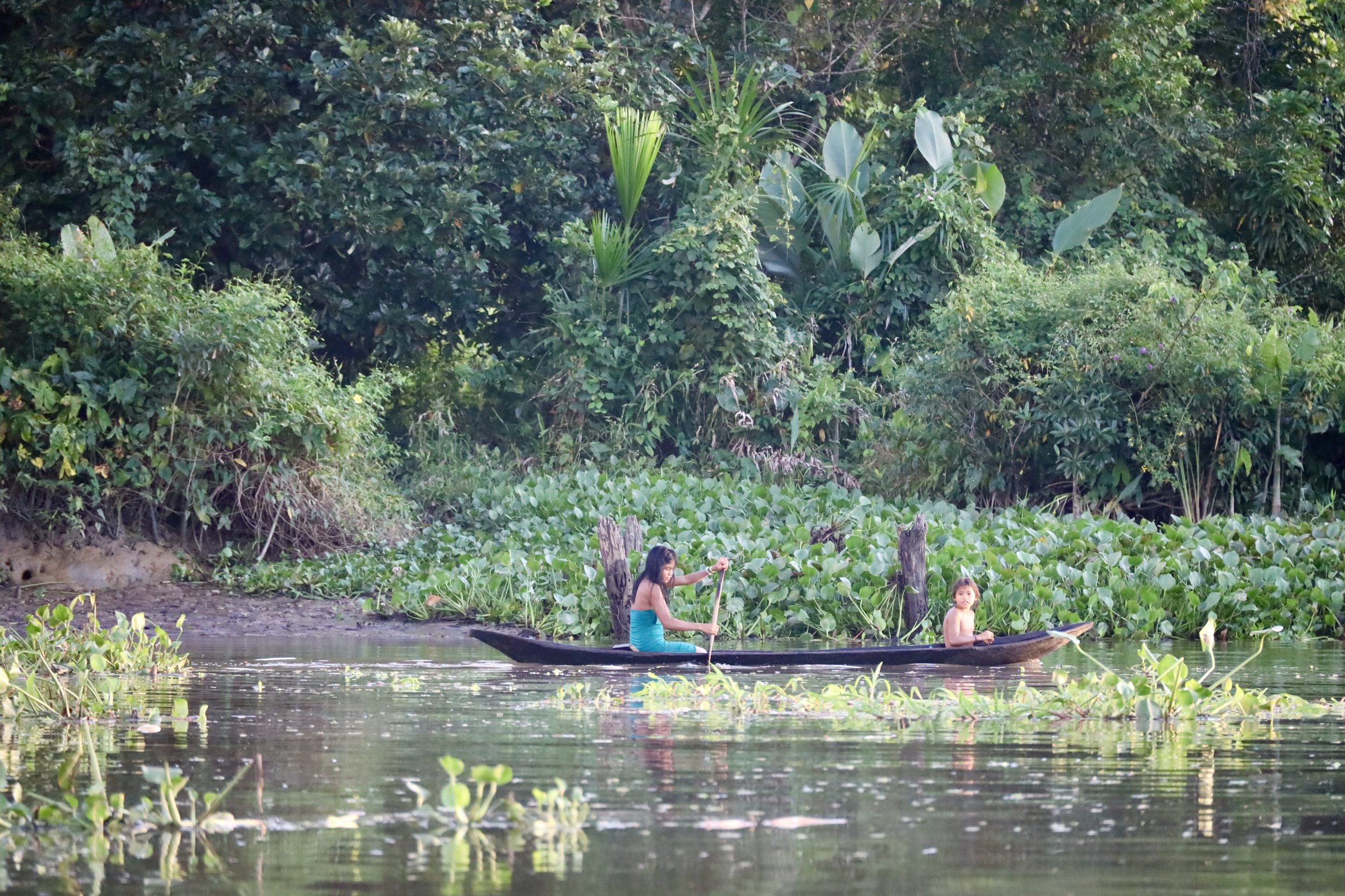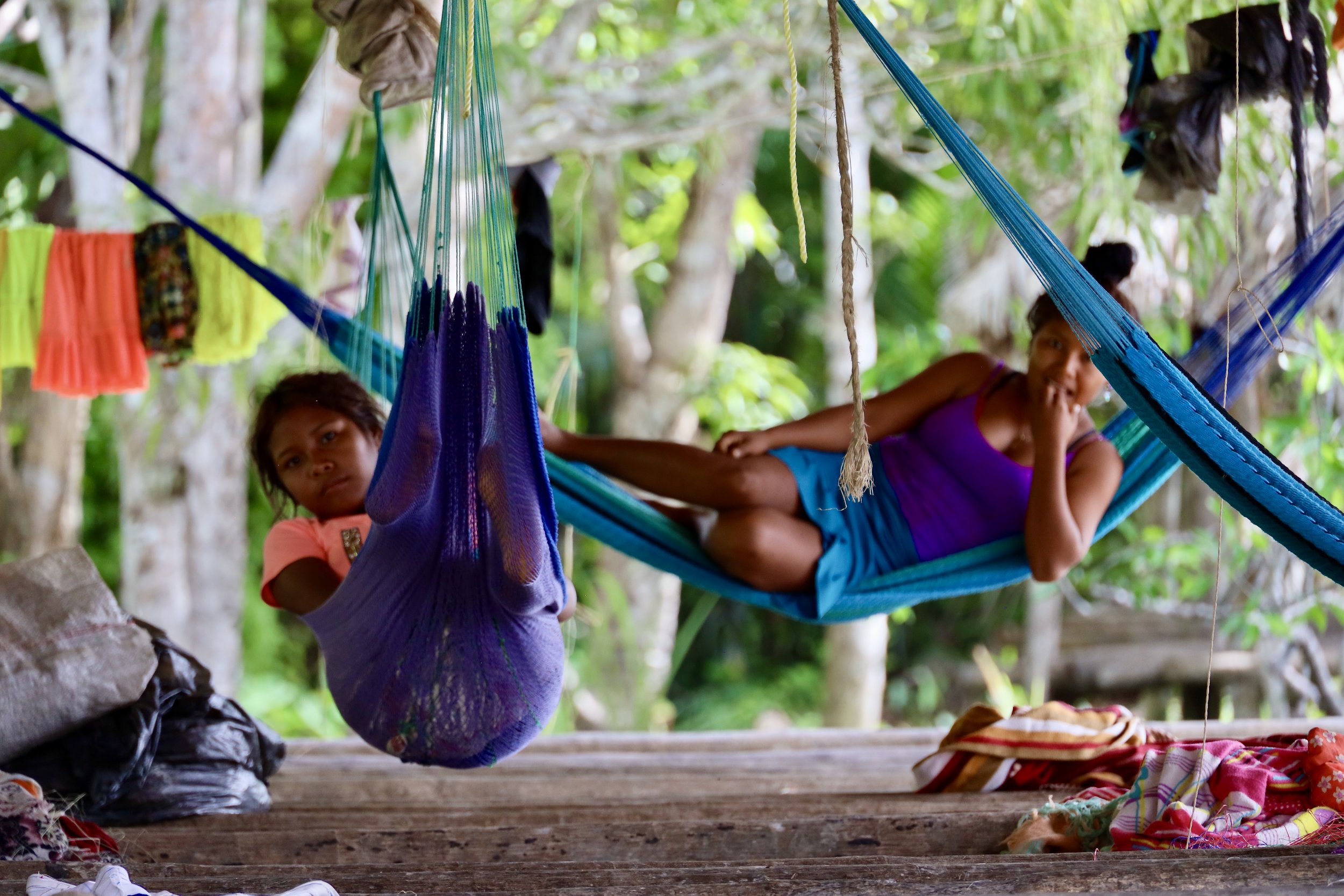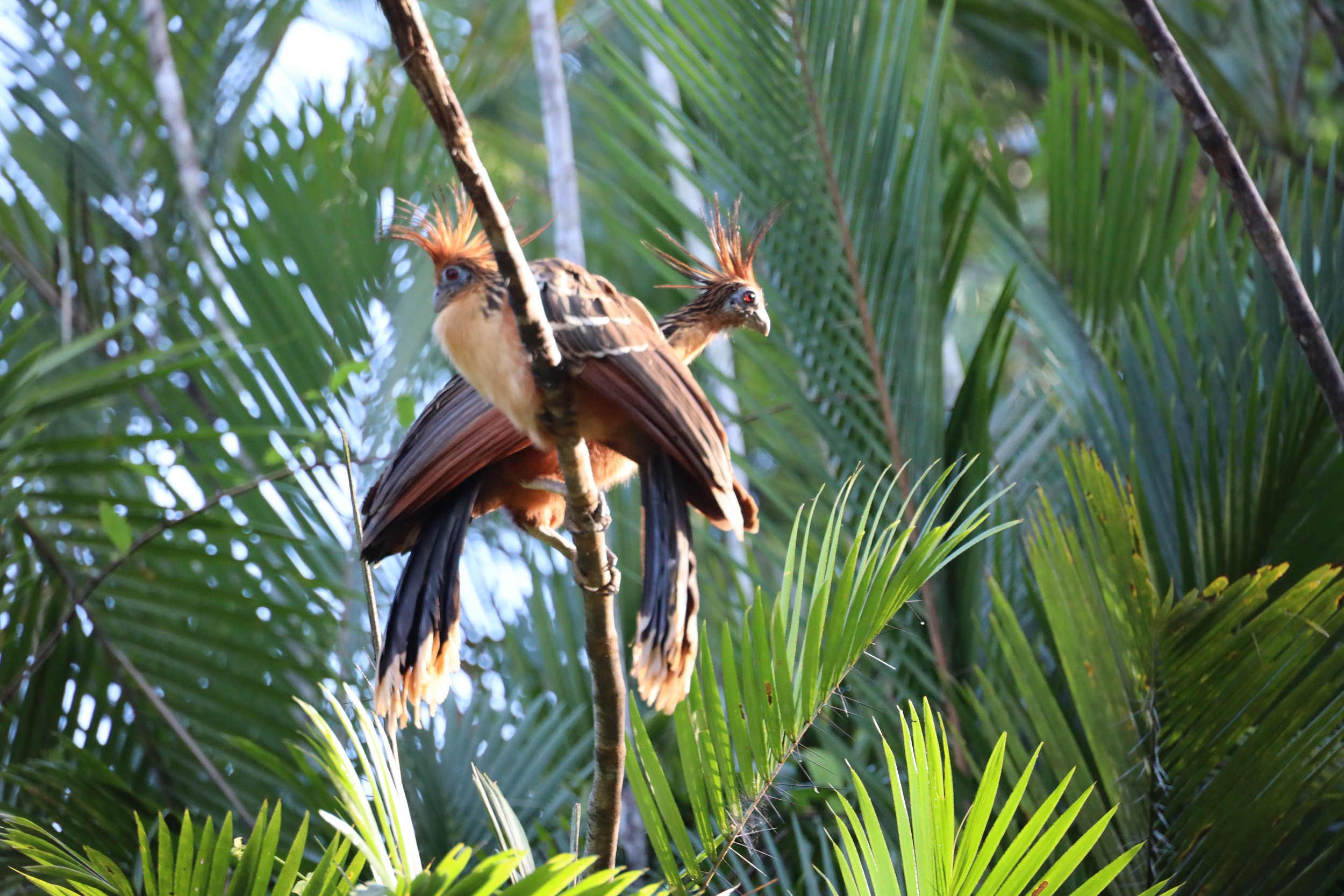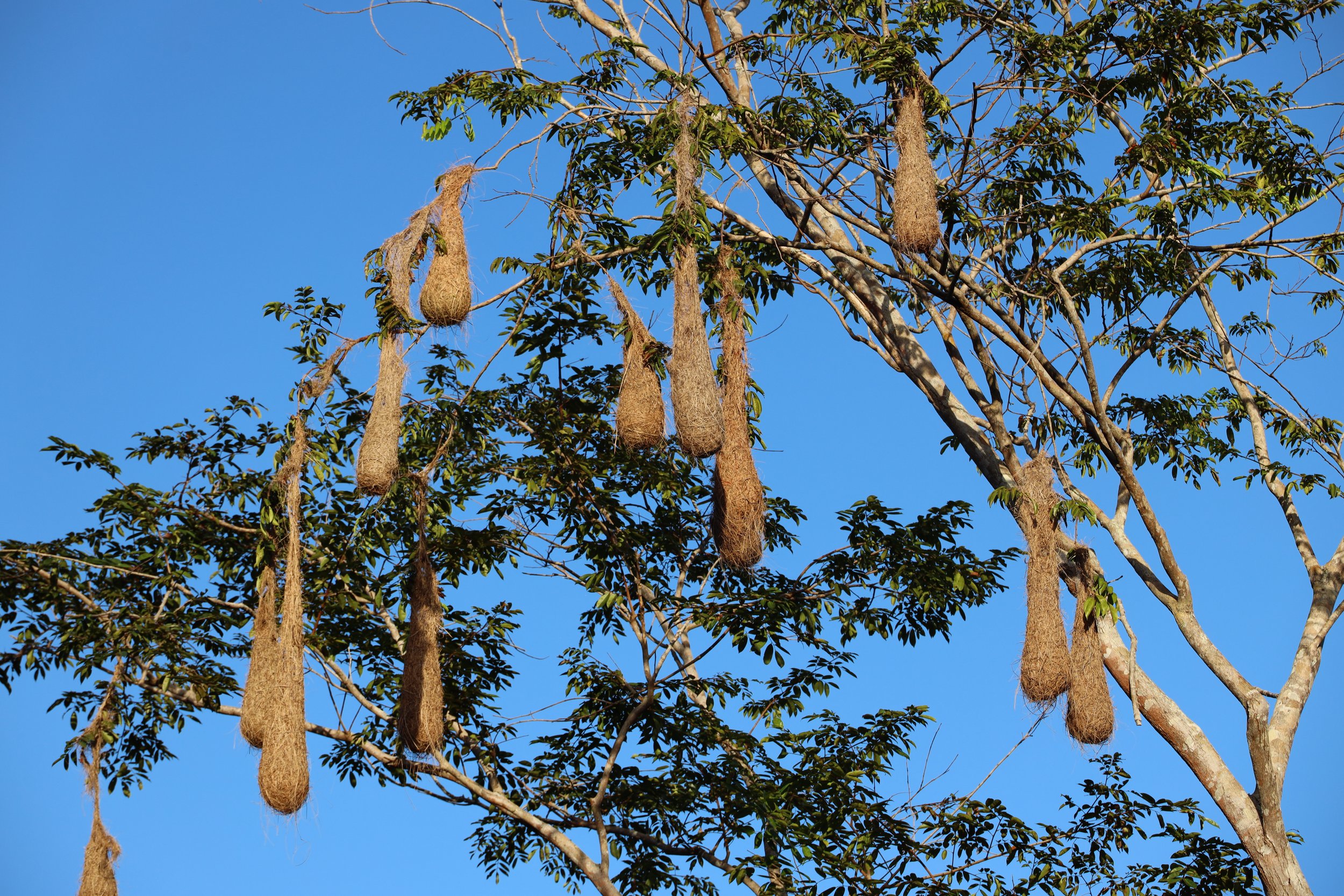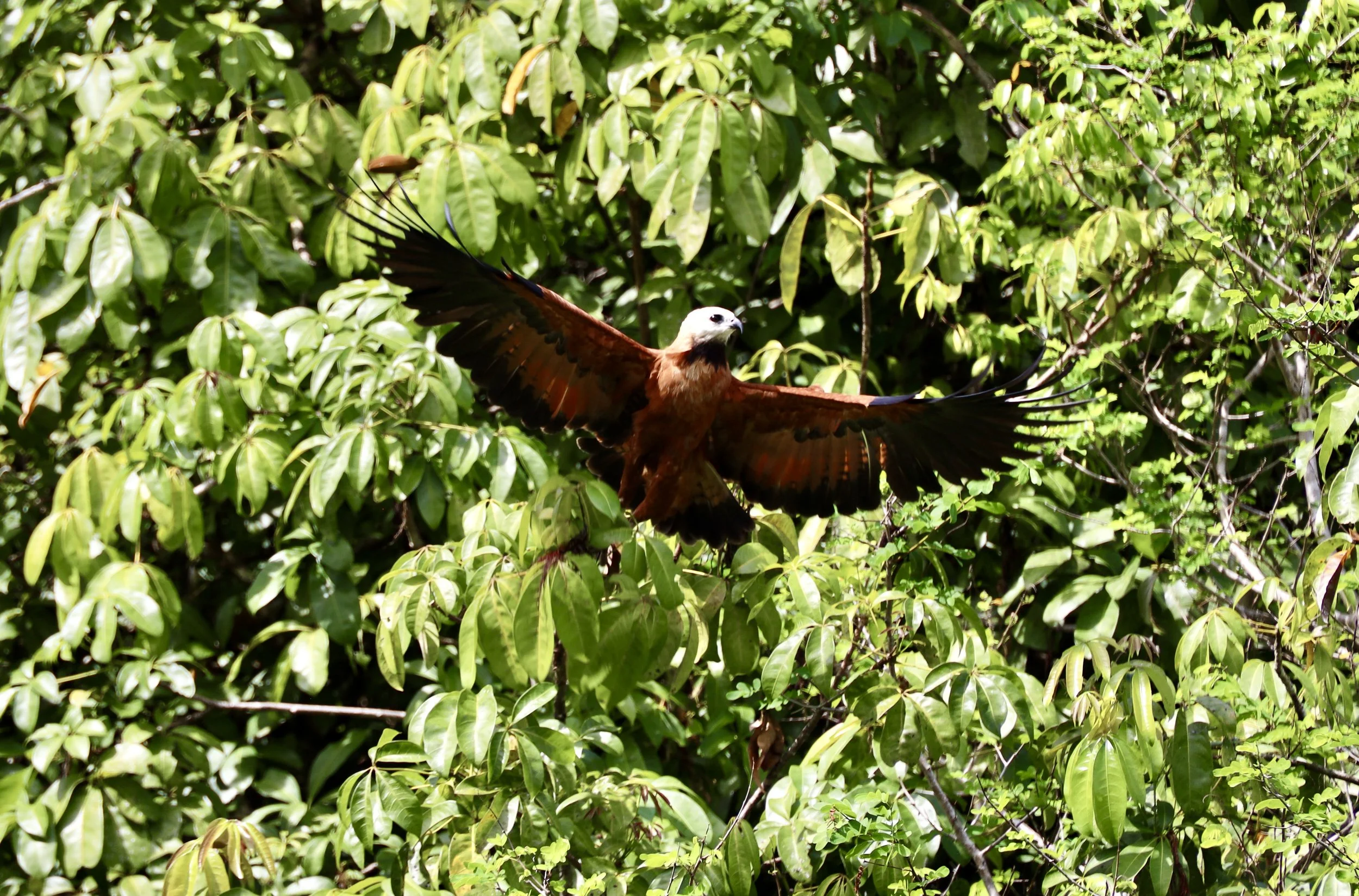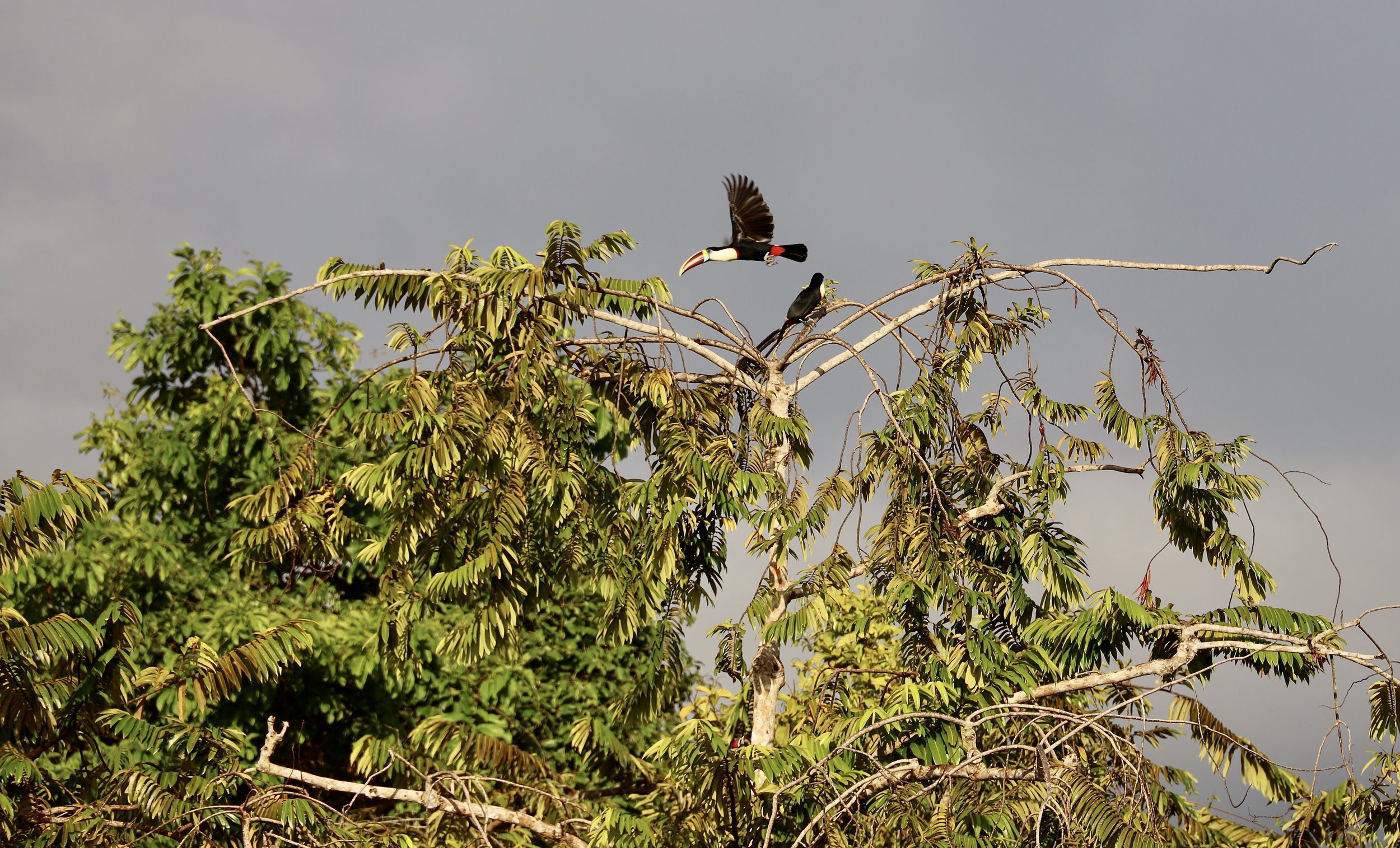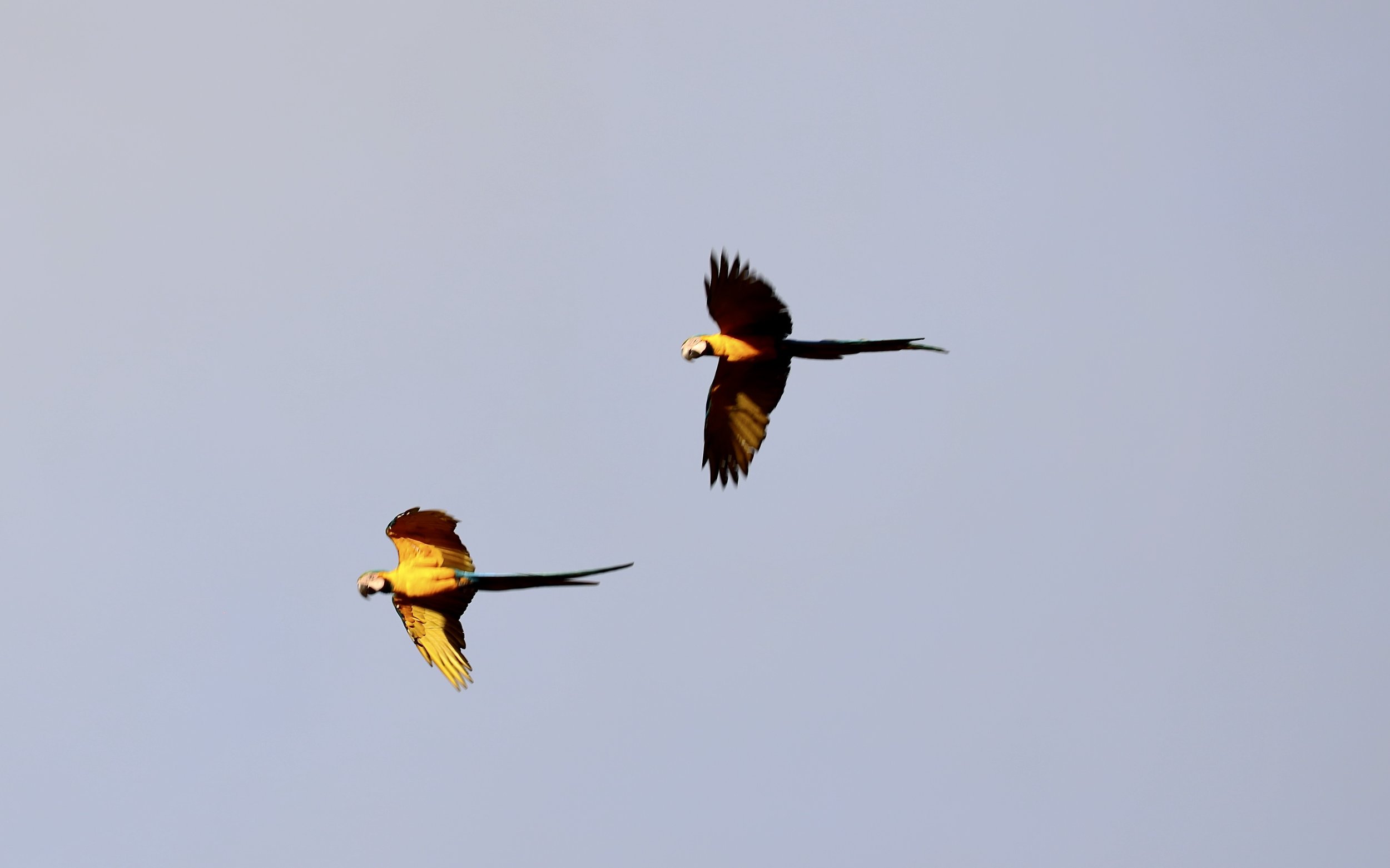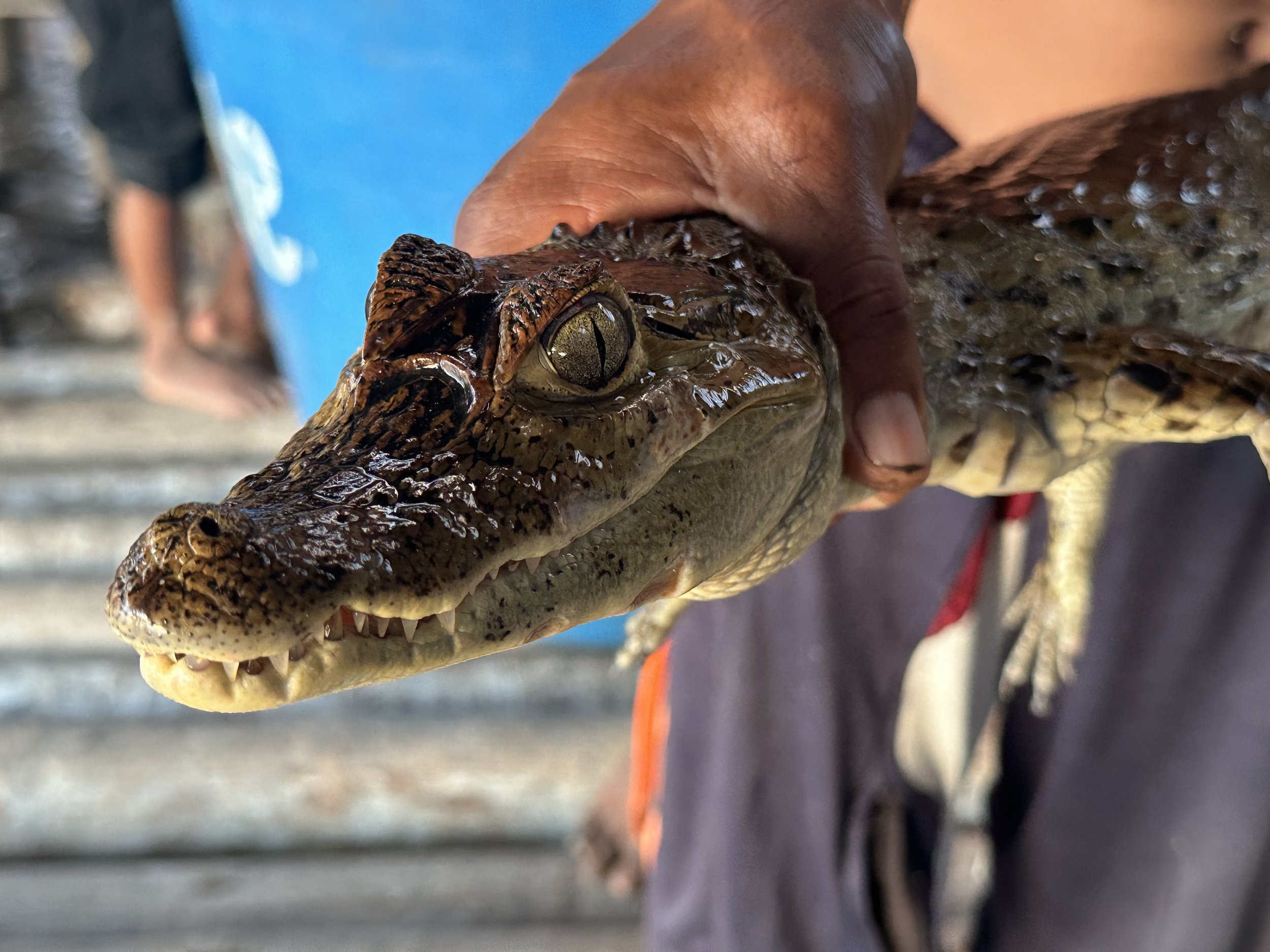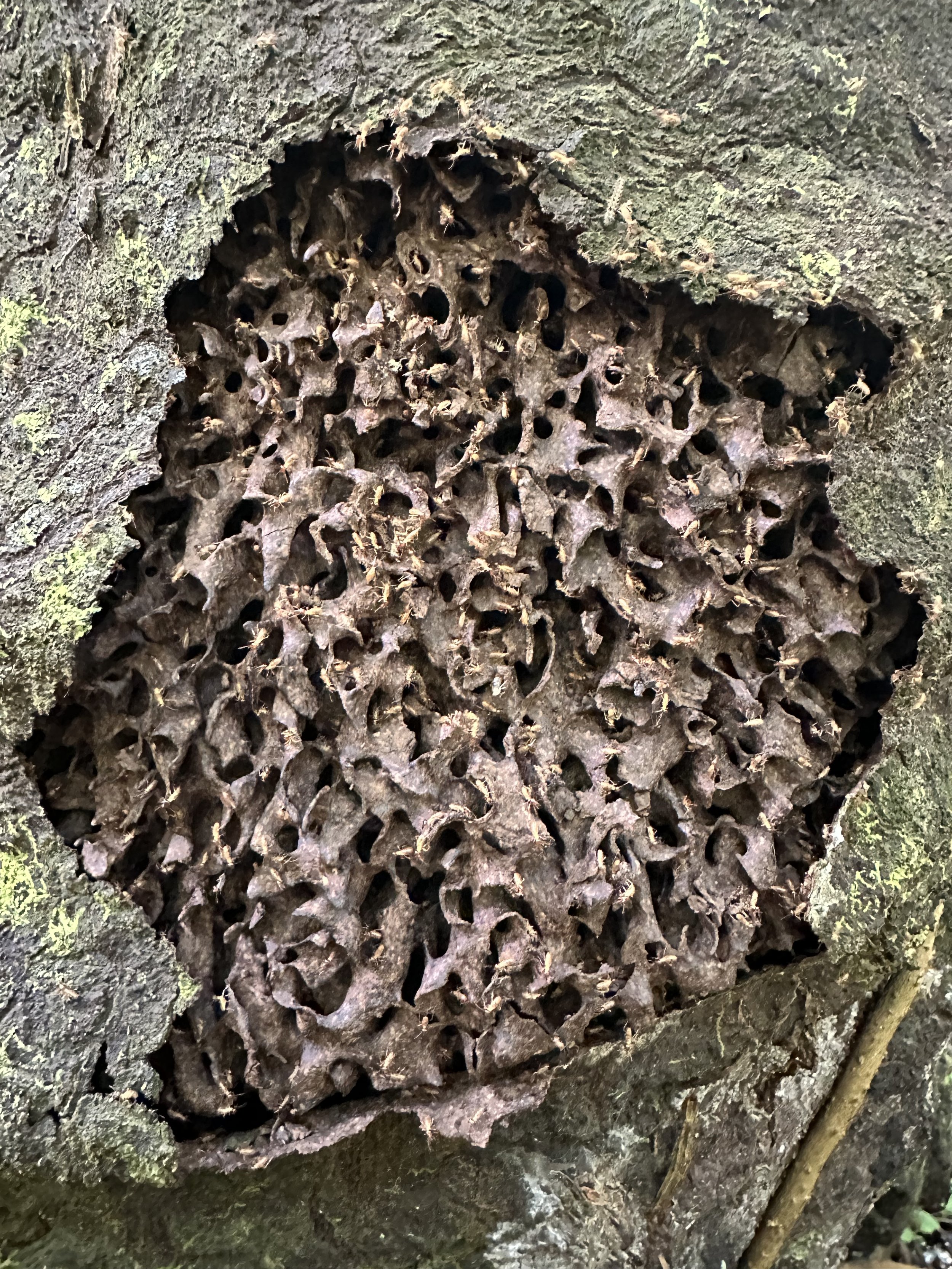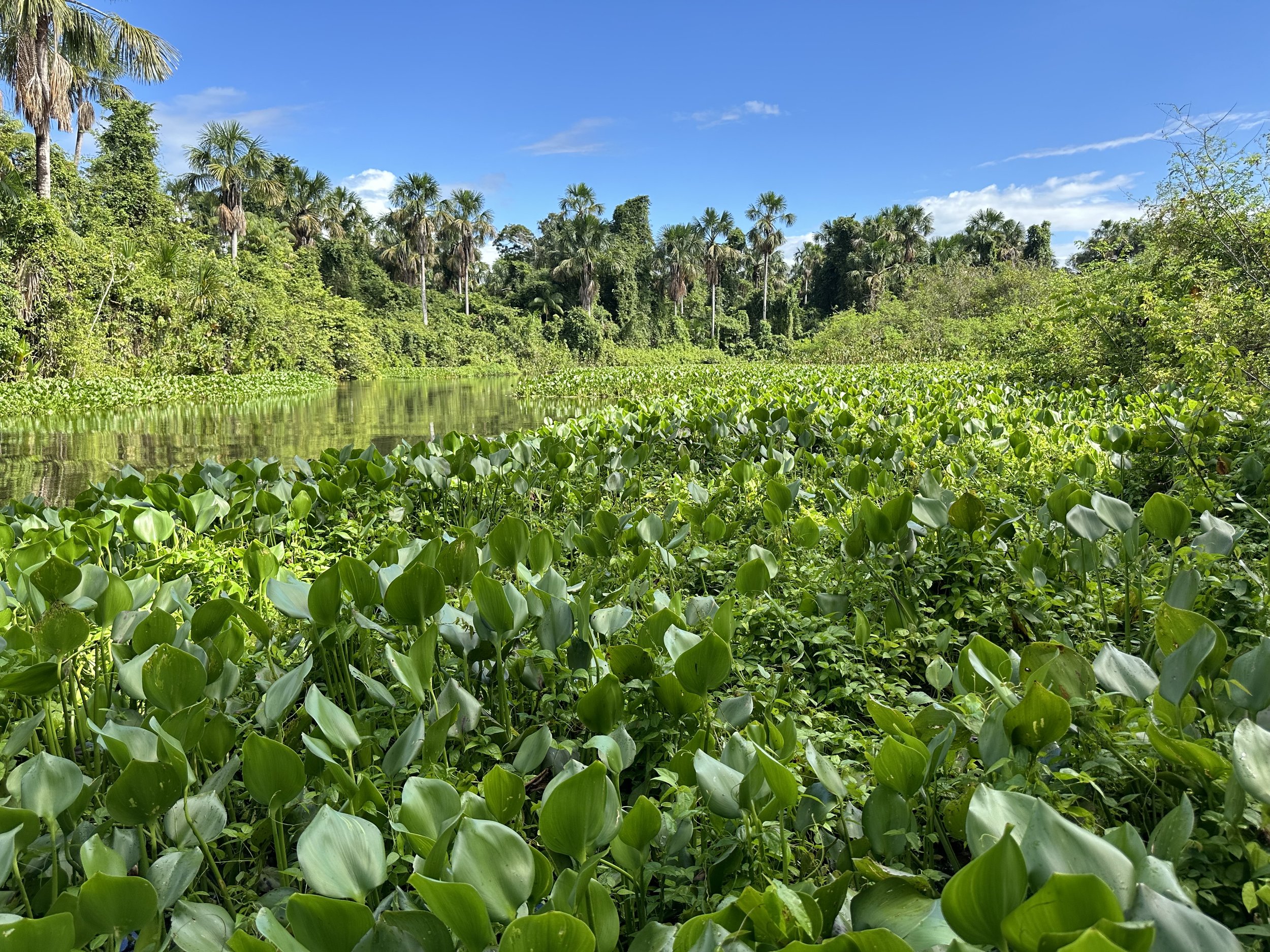Orinoco Delta part of this trip was a filler between the Roraima and Angel Falls. I did not have any expectations prior to visiting the Delta. I visited the Amazon River around Manaus and enjoyed the experience. I thought that the visit to the Orinoco River would be something similar. I could not have been more wrong! The Orinoco Delta was as good as the Roraima trek or Angel Falls but for different reasons, First and foremost it was the indigenous Warao People that made the biggest impression on me. They were so nice, kind and welcoming. They also seem to have maintained their way of life in this crazy and chaotic world, which is astonishing! Their surroundings and lifestyle stand in sharp contrast to the rest of Venezuela and the rest of the world for that matter. It was truly a different world to experience.
Second, the Delta’s nature is untamed and is very different from the Amazon Basin. The Amazon region around Manaus is full of boats and marine traffic. The Delta is an empty, huge conglomerate of islands, channels and passages (30,000 sq km large!). There is no or very very little commercial boat traffic. It is a large swamp with millions of birds and plants and spectacular sunsets. There are other animals but more difficult to see. Tropical rains roll in and out and the nights are full of bird, insect and amphibian sounds. It is truly a magical place. Since our lodge, Orinoco Queen, (one of the only 3 operational lodges in the entire region) was situated in the middle of the thick forest, the sounds of the jungle were all around us. The lodges are small and cater to very few people who visit here. Our place had space for 8 and was being expanded to accommodate 14.
Last, the exploration of the Delta is an endless adventure. The amount passages and waterways is amazing. We were only 1 hr by boat from the Atlantic Ocean and the river was subject to the tides flooding the mangrove forests and low lying jungle. I would like to spend more time in the Delta learning about the animals, the jungle and the way of life of the Warao people. I hope to return one day! Again, a big THANK YOU to the staff at the Orinoco Queen and Ben from Osprey Expeditions for making this happen!
The GPS location of the Orinoco Queen Lodge - our basecamp for exploration the Orinoco River Delta.
Ciudad Bolivar - a very pretty town of 300k inhabitants located on the banks of the Orinoco. Mr. Bolivar spend some time here in 1817 and did some war planning that led to the independence of Venezuela. There are many things Bolivar here and actually the story of his life is quite interesting. He was one of the old time romantic dreamers that devoted his life to the idea and paid dearly for it. He died disillusioned in poverty and isolation at at 47. He sure left a mark on the world though.
Ciudad Bolivar, the historical centre is very nice to walk around. Since Venezuela is not really a tourist hub, there are no coffee shops or souvenir stalls. The people we met were extremely happy to see us and very welcoming. We got royal treatment and a grand tour!
Ciudad Bolivar - a very charming place.
Beautiful architecture of the old town.
The Orinoco
El Comandante with a potato (or yuca) in Ciudad Bolivar.
Somewhere in rural Bolivar State.
Empanadas and Arepas
Little coffee shop north of Puerto Ordaz on the way to the Orinoco Delta.
The road to the Delta. It was HOT!
Rural Venezuela in the Orinoco River Delta
Little village in the Delta were we were picked up by the motor boat.
Dressed in their Sunday best! A very nice couple on their way from church.
A small shrine by the roadside in the Delta region. Notice the small statue of the doctor. Blessed Jose Gregorio Hernandez is not yet a saint but was venerated by Pope John Paull II, now Saint John Paul II, in 1986. Jose was Venezuelan and worked as a physician, often known to treat patients even though they could not afford to pay for his services. He lived in the late 19th Century and was a brilliant medical student. He was selected to travel to France where he expanded on his extensive medical knowledge. He was devoted to teaching, medicine and religious studies. Twice, he sought to enter the Priesthood but his poor health prevented him form being officially ordained. He was a tireless caregiver and would always go out of his way to help his patients. Sadly, he was hit by a car and died while on his way to deliver medicine to a patient in need. Many have invoked his name in prayer and healing miracles have been attributed to his name. He is well-known and revered throughout Latin America and Spain.
A small grocery store
Fish market in the Delta. The fish come from the Atlantic Ocean and are transported by boat to this market.
The small fish market in the Delta
Welcome to the Orinoco River Delta!
Making our way to the Orinoco Queen Lodge. A well hidden gem in one of the channels of the Orinoco Delta.
The Warao People make crafts from the Moriche Palm and balsa wood. The palm provides material not only for the excellent hammocks but for their huts, tools, household implements and wine. When tourists come to the lodge, it does not take long for the locals to make an appearance with their crafts. The sale of crafts provides them with a source of income. Considering a very limited amount of visitors, it is all on a very small scale.
The Warao are also called the Canoe People are Venezuela’s second largest indigenous group. There are around 25,000 of them. They live in dwellings by river banks in open-sided wooden huts and live mostly off fishing. “Wa” means canoe and also means people. They use large trees to build the canoes with axes and fire. They learn how to use it from very early age and are excellent canoeists. The wooden boat is very tippy, I tried it and it was not easy to operate.
The Warao are renowned for their basketry and woodcarvings. Their chinchorros (hammocks) are made from the fibre of the moriche palm and are renowned for quality and durability.
We spent the time in the Delta exploring it by boat. Our guide, Clemente, was very skilled in spotting animals which were well camouflaged in the trees and shrubs.
a 4 year old in a canoe
teenage alligator
Walking through the swampy forrest
These palm leafs are used for roofs of the indigenous huts
Our guide Clemente from the Orinoco Queen Lodge








